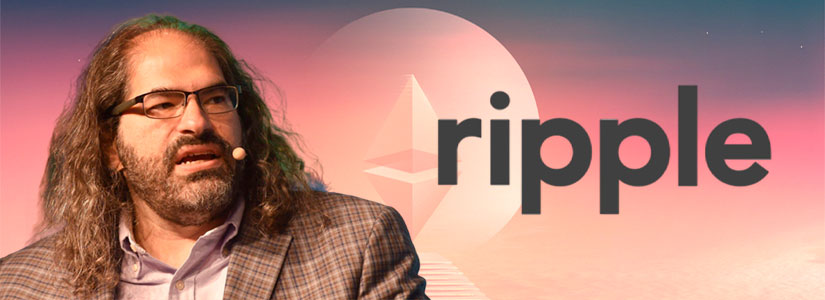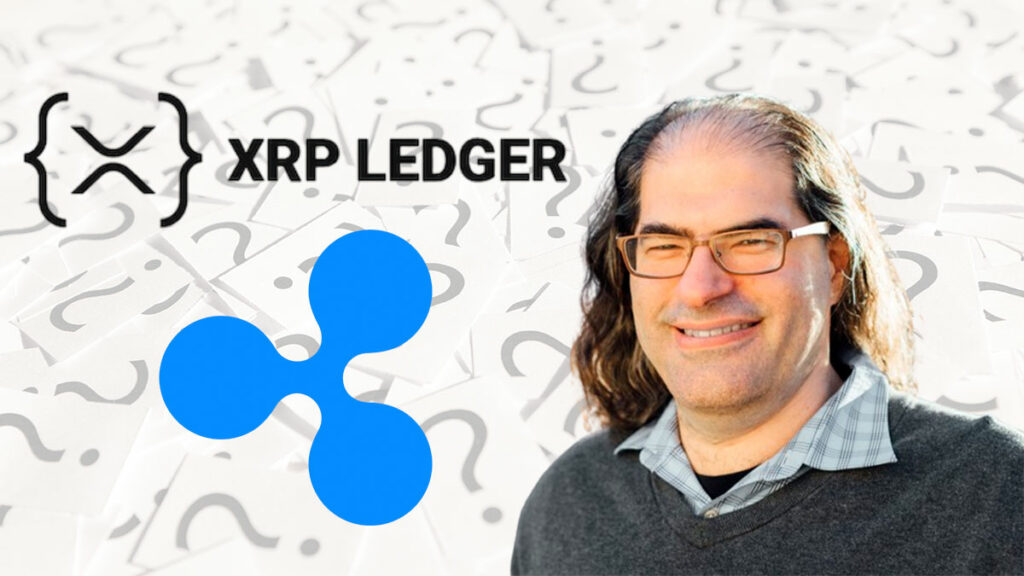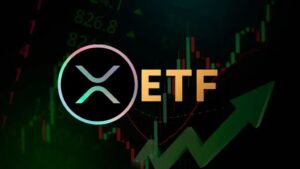In the dynamic world of digital currencies, David Schwartz, Ripple’s CTO, recently addressed the crypto community’s concerns about the absence of the genesis block on the XRP Ledger (XRPL). This discussion was prompted by questions from the community, especially a member named MetaMan, who was doubtful about the XRPL’s unusual beginning at block 32,569.
The choice of what to consider the genesis block is arbitrary. For example, ETH has lots of transactions before its genesis block that are not in the publicly available record. 1/2
— David "JoelKatz" Schwartz (@JoelKatz) January 16, 2024
Schwartz made an interesting comparison to Ethereum, a leading cryptocurrency, noting that Ethereum’s genesis block also had some uncertainty, even though there were transactions that occurred before its official inception.
He referred to a specific transaction of 2,622 ETH on August 3, 2016, which involved more than $6 million. Schwartz raised questions about the absence of information about the source of these funds, leaving the community uncertain about the origin of this transaction.
Schwartz suggested that certain decisions, such as the start of XRPL’s genesis block at ledger 32,569, were made to keep the sources of funds confidential, reflecting similar decisions made in the case of Ethereum.
Ripple’s CTO Addresses the Sudden Appearance of 40,000 ETH Tokens

When asked about the sudden appearance of 40,000 ETH tokens, Schwartz explained that from the perspective of a public blockchain, they seemed to appear out of nowhere. However, he emphasized that insiders within Ethereum had more insight into this matter.
Schwartz’s explanation, which draws parallels with Ethereum’s genesis block, aims to clarify the situation and reassure the community. In a conversation with MetaMan, Schwartz highlighted the similarities between the start of the XRPL and Ethereum’s genesis block. He noted that Ethereum also has transactions that took place before its official genesis block, which are not part of the public record.
Unfortunately, an early mishap in the XRPL’s history led to the loss of ledgers #1 through #32,569, resulting in a gap in the recorded data. As a result, the earliest available ledger in the XRPL starts from #32,570, leading to the unconventional idea of considering this as the actual Genesis ledger.
In conclusion, Schwartz’s insights into the genesis blocks of both the XRP Ledger and Ethereum have illuminated the intricacies and subtleties of blockchain technology. His explanations aim to reassure the community and offer a deeper understanding of the historical context of these groundbreaking digital assets.










